Illustrator of extinct and extant fauna 🦕🐯 | Realistic portraits of characters✨ | Fantasy creatures🐉 Spanish/English Twitter: https://twitter.com/yeya_art Instagram: https://www.instagram.com/valeria.arts17/ Deviantart: https://www.deviantart.com/valeriaart17
Don't wanna be here? Send us removal request.
Text

18: yangchuanosaurus with a process under the cut!






1K notes
·
View notes
Text

Horned crocodilians
As every year, today, June 17, #WorldCrocodileDay is celebrated around the world. For this occasion I bring a compilation of extinct (and alive) species of "horned" crocodilians that have inhabited our planet. First of all I must add a disclaimer , since as far as crocodilians are concerned, the traditional biological definition for "horned" does not apply, as these "horns" are nothing more than elevated lobes of the squamosal bones. 1. Ceratosuchus burdoshi : A Paleocene-Eocene alligatorine from North America. It has the largest squamosals of all the Alligatoridae, surpassing Acresuchus pachytemporalis. 2. Voay (Crocodylus?) robustus : Known from Pleistocene-Holocene subfossils from Madagascar. Its "horns" are the largest known so far of any Crocodilia (or even Eusuchia) taxon. 3. Aldabrachampsus dilophus : Very fragmentary genus of uncertain affinities from the Pleistocene of the Aldabra Atoll and the Seychelles Islands. Squamosals are more rounded and have their highest point in the center, unlike the other members of the list. 4. Crocodylus rhombifer : A unique species from the island of Cuba and Isla de la juventud. It´s the only living crocodilian (alongside Crocodylus siamensis) that still maintains these structures.
172 notes
·
View notes
Text

i don’t know how many i can fix him i have left in me
5K notes
·
View notes
Text
Ice age megafauna



188 notes
·
View notes
Text
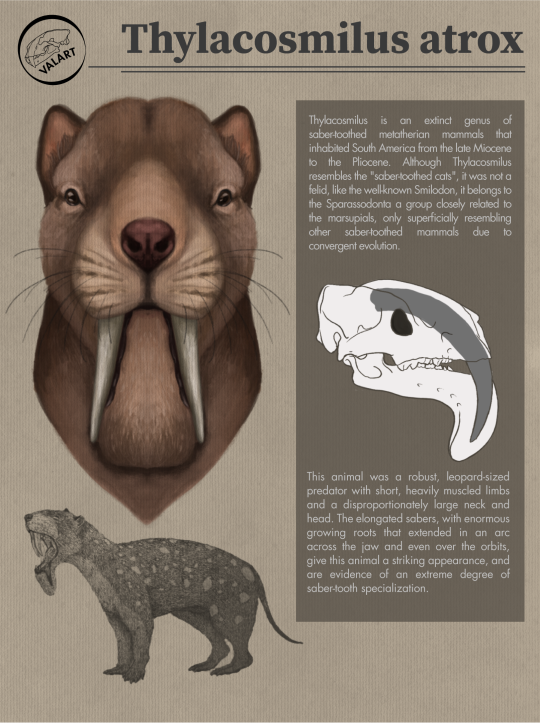
The strange saber-toothed mammal related to marsupials 👀
#art#animals#illustration#nature#artists on tumblr#digital art#paleoart#traditional art#procreate#mammal#sabertooth#paleomedia#saber
197 notes
·
View notes
Text

Dinictis felina
A Nimravidae genus from Late Eocene/Early Miocene North America.
Dinictis did not reach large sizes (1.1 m long and 0.6 m high), probably occupying an ecological niche similar to that of some of today's small/medium-sized wild cats, since the position of top predators was occupied by creodonts such as Hyaenodon or entelodonts like Archaeotherium. I must remind you that, although superficially very similar, nimravids like Dinictis were not closely related to true felids, just being another extreme case of convergent evolution.
106 notes
·
View notes
Photo
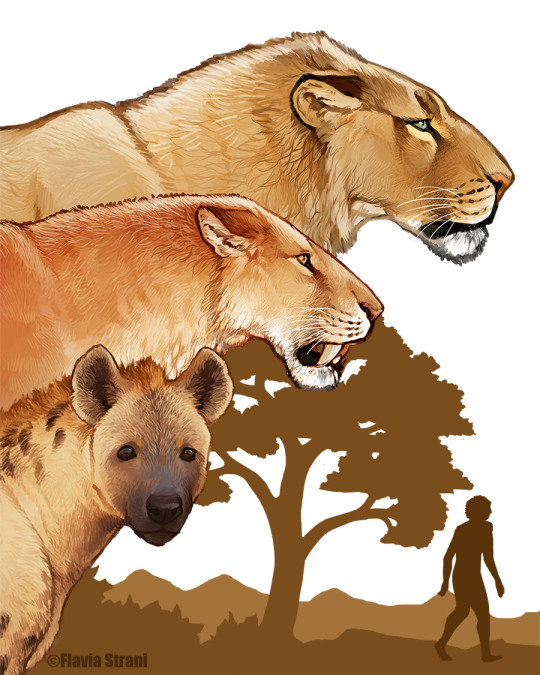
Cover illustration I’ve created for the “TUA - Territorio dell’Uomo Antico” project. The projects goal is to promote awareness about the rich paleontological and paleoanthropological heritage of Southern Lazio (Central Italy).
As one of the minds beyond the project and by having lived my whole life in this area, it fills me up with joy to be finally able to start to do something good both for science and for my community.
354 notes
·
View notes
Text
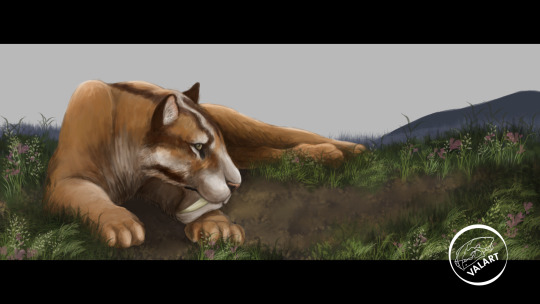
Eusmilus lying peacefully in the meadow
53 notes
·
View notes
Text

General outline of the Smilodon genus
#art#illustration#animals#artists on tumblr#paleoart#paleomedia#digital art#nature#smilodon#sabertooth
203 notes
·
View notes
Text
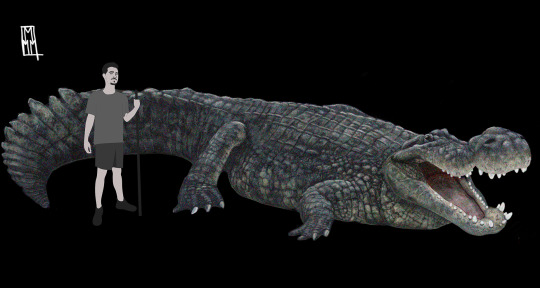
Deinosuchus : The monstrous Alligatoroidea that ate tyrannosaurs
Much has been said about the well-known Deinosuchus, the genus of giant Alligatoroidea from the Cretaceous of North America. Three different species of Deinosuchus are currently known: D. hatcheri, the recently described D. schwimmeri and D. riograndensis (Whose main defining characteristic are two enigmatic fenestrae on the premaxilla whose functional morphology remains uncertain. I will discuss this topic in depth in a specific post later, once I have finished the illustrations for it). On average, the specimens of D. riograndensis are much larger than those of D. schwimmeri (In the case of the holotype of D. hatcheri CM 963 , this is close to/equal to the size of the largest specimens of D. riograndensis) , its possible that this is due to the fact that D. riograndensis in particular was subject to more favorable environmental conditions (For example, a greater number of prey) that allowed them to reach larger sizes. This illustration try to represent the maximum size of D. riograndensis based on the estimates proposed for specimen TMM 4362-1, about 12 m TL and 8,000 kg. Myself (1.75 m) as reference.
111 notes
·
View notes
Text
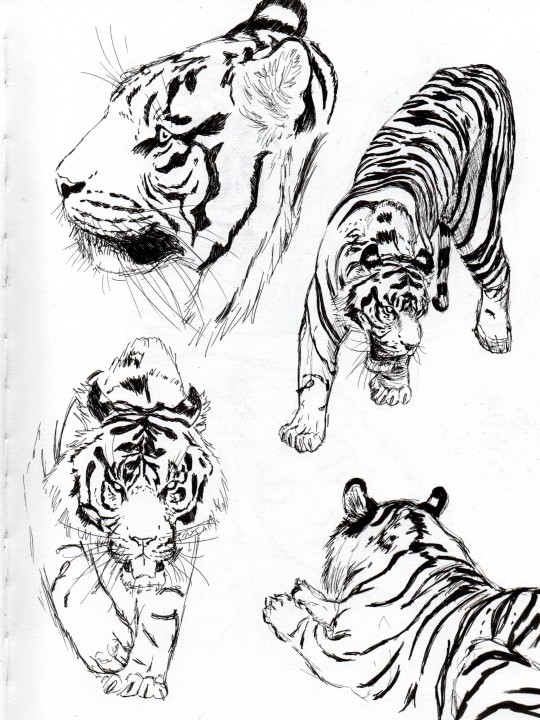
Tiger studies made with ink
#art#animals#illustration#nature#artists on tumblr#design#sketch#studies#artwork#skecthbook#ink drawing#pen and ink
55 notes
·
View notes
Text

Horsemen of the Apocalypse//Chainsawman
#fanart#chainsawman#manga#anime#japan#illusration#realism#art#character#kitty#girls#makima#yoru#asa#nayuta#kiga#chainsawmenmanga#sketch#skecthbook#instaart#faces#traditional art#design
18 notes
·
View notes
Text

Little warmup of Tree Kangaroos after some weeks without drawing anything on digital
127 notes
·
View notes
Text

Zigomaturus sp.
A large Diprotodontidae from the late Miocene-Pleistocene from Australia.
Marsupials are really the coolest thing on this earth.
99 notes
·
View notes
Text
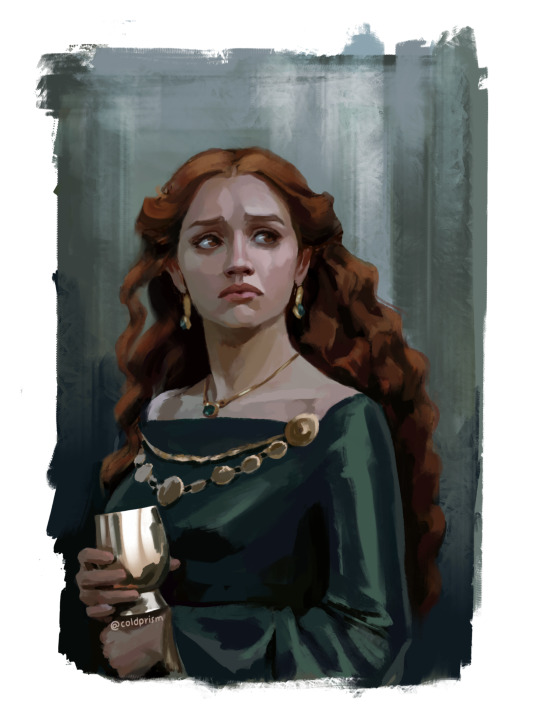

Driftmark was so foundational for Alicent stans
6K notes
·
View notes
Text
Smilodon
Smilodon fatalis sitting down to look what r u doing over there

#art#animals#illustration#nature#traditional art#meme#artists on tumblr#paleoart#paleomedia#smilodon
493 notes
·
View notes
Text

Tasmania , just a blink of an eye ago
September 7th, 1936. The last captive thylacine, a male nicknamed "Benjamin", died from unknown reasons at the Hobart´s Beaumaris Zoo.
Two months later, thylacines became a legally protected species.
In 1982, park ranger Hans Naarding was surveying in north-west Tasmania when he stood for several minutes with his torchlight fixed on a thylacine. It is the last credible sighting of the animal in the wild.
That same year, the IUCN declared the Thylacine, commonly known as the "Tasmanian tiger", officially extinct.
Photos, videos and sightings have been regular since then, none really worthy of consideration as late evidence of the species' late survival.
Companies of questionable morality have promised to bring the species back from extinction through cloning and genetic engineering.
But the thylacine is gone forever. That's the hard truth.
We can try to convince ourselves that somewhere, hidden and far away from humans, they are still alive. We can try to convince ourselves that our advanced technology will reverse the mistakes of the past and change the natural order.
But the thylacine is gone, and that will not change.
This sad story leaves us with an important lesson: We must put all our efforts and resources into conserving the species that remain in our world.
May the Thylacine always remain an eternal reminder of what extinction means.
311 notes
·
View notes